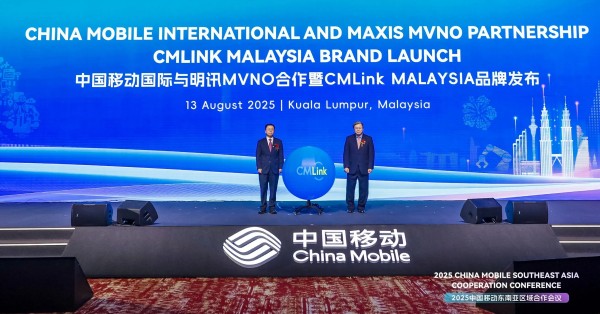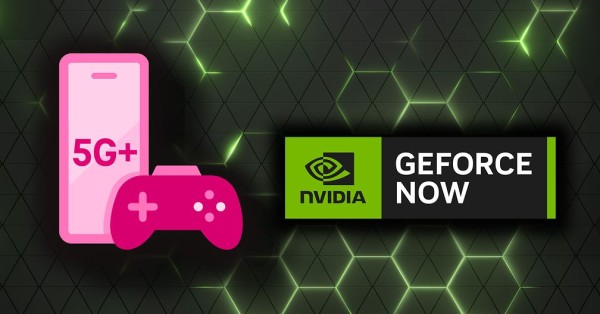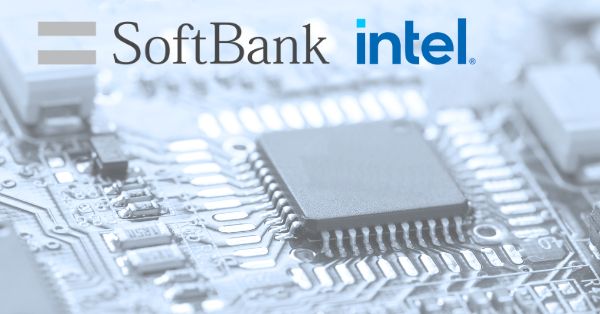The telecommunications industry stands at a transformative juncture where private 5G networks are no longer experimental pilot programs but critical infrastructure for enterprises seeking to unlock Industry 4.0 capabilities. NiralOS, the innovative product suite from Niral Networks, exemplifies this shift by delivering a comprehensive, cloud-native ecosystem that addresses the growing demand for secure, scalable, and intelligent private network solutions.
Market Momentum Drives Private 5G Adoption
The private 5G landscape is experiencing unprecedented growth, with the market projected to expand from $4.1 billion in 2025 to $122.9 billion by 2035 at an impressive CAGR of 40.5%. This explosive growth reflects enterprises’ urgent need for ultra-reliable, low-latency connectivity that can support mission-critical applications ranging from autonomous manufacturing to real-time video analytics.
What distinguishes this market expansion is its shift beyond traditional manufacturing use cases. Industries including healthcare, logistics, energy, and smart cities are increasingly adopting private 5G networks to enable applications that demand millisecond-level latency and guaranteed bandwidth. The technology’s ability to support up to one million devices per square kilometer makes it particularly compelling for dense industrial environments and urban deployments.
NiralOS: A Comprehensive Solution Architecture
NiralOS addresses the complexity of private 5G deployment through its modular, integrated approach spanning four key components: 5G Core, Edge Computing, Controller, and IoT solutions. This architecture reflects the industry’s recognition that successful private 5G implementations require more than just radio access networks—they need comprehensive edge-to-cloud orchestration.
The NiralOS 5G Core stands out with its multi-tenanted controller and disaggregated architecture, supporting 16+ radio partner integrations including O-RAN compliant solutions. This flexibility addresses one of the industry’s primary challenges: vendor lock-in. By embracing open standards and disaggregated architectures, NiralOS enables enterprises to avoid the high OPEX traditionally associated with proprietary systems while maintaining network performance and security.
Edge Computing Integration: The Critical Differentiator
The convergence of 5G and edge computing represents perhaps the most significant opportunity for enterprise digital transformation. NiralOS Edge transforms standard servers into high-performance Mobile Edge Cloud infrastructure, addressing the growing demand for real-time data processing at the network edge.
The multi-access edge computing market itself is projected to grow at a remarkable 47.6% CAGR, reaching $169.53 billion by 2033. This growth is driven by applications requiring ultra-low latency processing—from industrial automation and predictive maintenance to augmented reality training and digital twin implementations.
NiralOS Edge’s single window dashboard and 5G integration capabilities directly address telecommunications providers’ need for simplified operations while delivering the bandwidth optimization and AI-enabled processing that modern industrial applications demand. The platform’s ability to manage multi-site deployments through centralized orchestration significantly reduces operational complexity for enterprise customers.
Industrial Use Cases Driving Adoption
The document’s detailed use case illustrations demonstrate NiralOS’s practical applications across manufacturing and industrial environments. Key implementations include:
Manufacturing and Robotics: High-speed, low-latency networks enable autonomous guided vehicles (AGVs), machine vision systems, and real-time inventory management. The integration of digital twins and predictive maintenance capabilities transforms traditional manufacturing into intelligent, self-optimizing operations.
Safety and Monitoring: Wearable sensors for worker safety, real-time video surveillance, and drone-based inspection systems create comprehensive situational awareness platforms. These applications require the guaranteed quality of service and network slicing capabilities that private 5G enables.
Communication and Collaboration: Push-to-talk (PTT) systems and AR/VR training platforms enhance workforce efficiency while remote operations capabilities enable expert support across distributed facilities.
Addressing Implementation Challenges
Despite rapid market growth, private 5G adoption faces significant technical and operational challenges that NiralOS is designed to address. Network slicing implementation remains complex, requiring careful isolation of control and data planes while optimizing resources across diverse traffic types. NiralOS Controller’s centralized orchestration and dynamic policy control capabilities provide the intelligent management needed to navigate these complexities.
Device compatibility issues present another barrier, with 87% of existing IoT devices representing legacy systems that require special integration approaches. NiralOS IoT’s comprehensive sensor ecosystem and ease of integration design principles help bridge this compatibility gap while providing industry-leading reliability and power efficiency.
The Competitive Landscape and Market Position
The private 5G market features established telecommunications giants like Ericsson, Nokia, Huawei, and Samsung competing alongside innovative new entrants. NiralOS differentiates itself through three key advantages identified in the competitive analysis:
Openness versus Vendor Lock-in: With 70% open-source architecture and O-RAN compliance, NiralOS enables ecosystem diversity rather than proprietary constraints.
Cost and Deployment Agility: Zero CAPEX subscription pricing and Kubernetes orchestration enable rapid, plug-and-play deployment compared to traditional high-investment models.
Unified Orchestration: Single-pane-of-glass provisioning for both 5G core functions and edge applications optimizes resource allocation across multi-site networks.
Future Outlook: Beyond Connectivity
The private 5G market’s trajectory suggests we’re witnessing the early stages of a fundamental transformation in enterprise networking. AI-driven network optimization, predictive maintenance capabilities, and autonomous operations will become standard features rather than premium add-ons.
NiralOS’s architecture positions it well for this evolution, with its cloud-native design and edge-ready integration capabilities enabling the network slicing automation and self-healing networks that will define next-generation private 5G deployments.
The platform’s 60+ deployments across 25+ customers in three geographies demonstrate proven scalability, while its focus on Industry 4.0 enablement aligns with the broader digital transformation imperative driving enterprise technology investments.
As we move toward 2030 and beyond, private 5G networks will shift from competitive advantage to operational necessity. NiralOS’s comprehensive approach—combining secure 5G core functionality, intelligent edge computing, centralized orchestration, and IoT ecosystem integration—positions it as a key enabler of this transformation, providing enterprises with the foundation they need to thrive in an increasingly connected and intelligent industrial landscape.


































